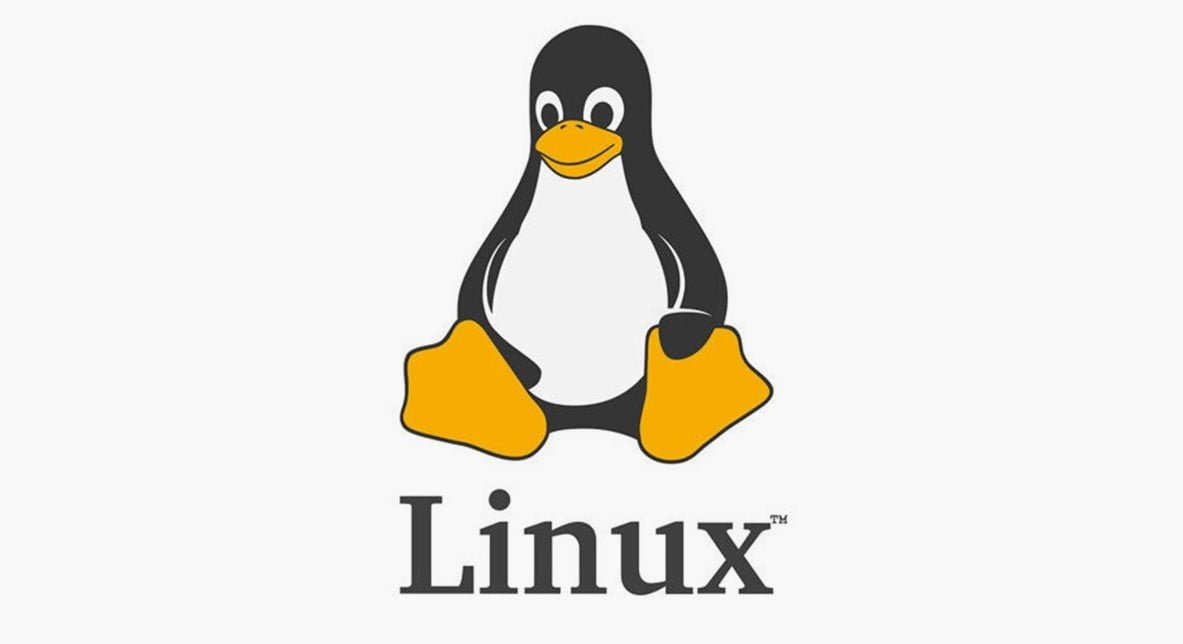Introduction
Linux is a widely-used operating system across various devices, including web servers, desktops, and smartphones. While there are numerous ways to interact with Linux, the command line (CLI) stands out as the most powerful and flexible option.
Guide for Beginners and Advanced Users
This blog post serves as a comprehensive guide for both beginners and advanced users to familiarize themselves with Linux commands. The topics covered include basic commands related to file management, system administration, network administration, and more.
Command |
Function |
| ls | Lists a directory’s content |
| pwd | Shows the current working directory’s path |
| cd | Changes the working directory |
| mkdir | Creates a new directory |
| rm | Deletes a file |
| cp | Copies files and directories, including their content |
| mv | Moves or renames files and directories |
| touch | Creates a new empty file |
| file | Checks a file’s type |
| zip and unzip | Creates and extracts a ZIP archive |
| tar | Archives files without compression in a TAR format |
| nano, vi, and jed | Edits a file with a text editor |
| cat | Lists, combines, and writes a file’s content as a standard output |
| grep | Searches a string within a file |
| sed | Finds, replaces, or deletes patterns in a file |
| head | Displays a file’s first ten lines |
| tail | Prints a file’s last ten lines |
| awk | Finds and manipulates patterns in a file |
| sort | Reorders a file’s content |
| cut | Sections and prints lines from a file |
| diff | Compares two files’ content and their differences |
| tee | Prints command outputs in Terminal and a file |
| locate | Finds files in a system’s database |
| find | Outputs a file or folder’s location |
| sudo | Runs a command as a superuser |
| su | Runs programs in the current shell as another user |
| chmod | Modifies a file’s read, write, and execute permissions |
| chown | Changes a file, directory, or symbolic link’s ownership |
| useradd and userdel | Creates and removes a user account |
| df | Displays the system’s overall disk space usage |
| du | Checks a file or directory’s storage consumption |
| top | Displays running processes and the system’s resource usage |
| htop | Works like top but with an interactive user interface |
| ps | Creates a snapshot of all running processes |
| uname | Prints information about your machine’s kernel, name, and hardware |
| hostname | Shows your system’s hostname |
| time | Calculates commands’ execution time |
| systemctl | Manages system services |
| watch | Runs another command continuously |
| jobs | Displays a shell’s running processes with their statuses |
| kill | Terminates a running process |
| shutdown | Turns off or restarts the system |
| ping | Checks the system’s network connectivity |
| wget | Downloads files from a URL |
| curl | Transmits data between servers using URLs |
| scp | Securely copies files or directories to another system |
| rsync | Synchronizes content between directories or machines |
| lfconfig | Displays the system’s network interfaces and their configurations |
| netstat | Shows the system’s network information, like routing and sockets |
| traceroute | Tracks a packet’s hops to its destination |
| nslookup | Queries a domain’s IP address and vice versa |
| dig | Displays DNS information, including record types |
| history | Lists previously run commands |
| man | Shows a command’s manual |
| echo | Prints a message as a standard output |
| ln | Links files or directories |
| alias and unalias | Sets and removes an alias for a file or command |
| cal | Displays a calendar in Terminal |
| apt-get | Manages Debian-based distros package libraries |
Usage and Practice Linux commands
This blog post requires no special knowledge or skills to be beneficial. It caters to individuals who have spent some time working with Linux and are looking to enhance their command line experience.
Take Action
Take the time to practice the commands introduced in this guide. Execute each command several times to grasp its functionality. Utilize additional resources such as man pages or online documentation to delve deeper into command usage.
Continuous Learning
Return periodically to acquire more commands. Familiarity with Linux commands is essential for fully leveraging the capabilities of the Linux operating system.
These questions and answers cover key aspects of Linux command-line usage, including file management, system administration, network administration, and recommendations for further learning and practice. Let me know if you need further clarification or assistance!
